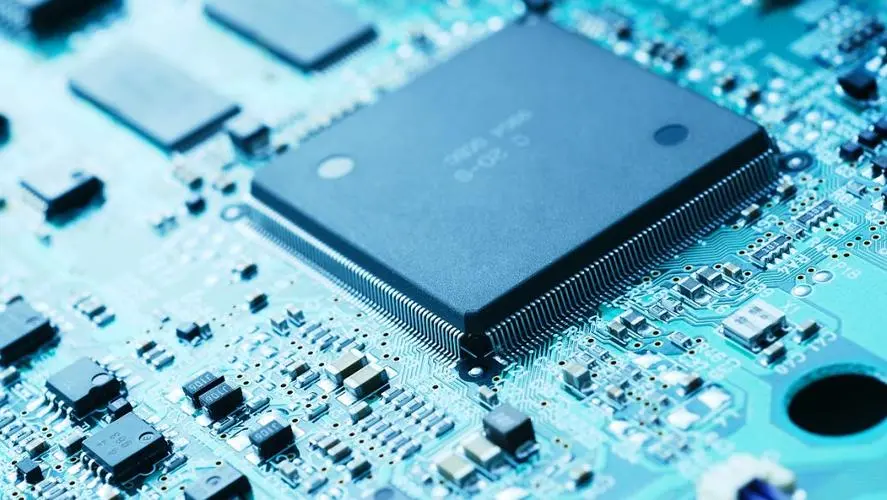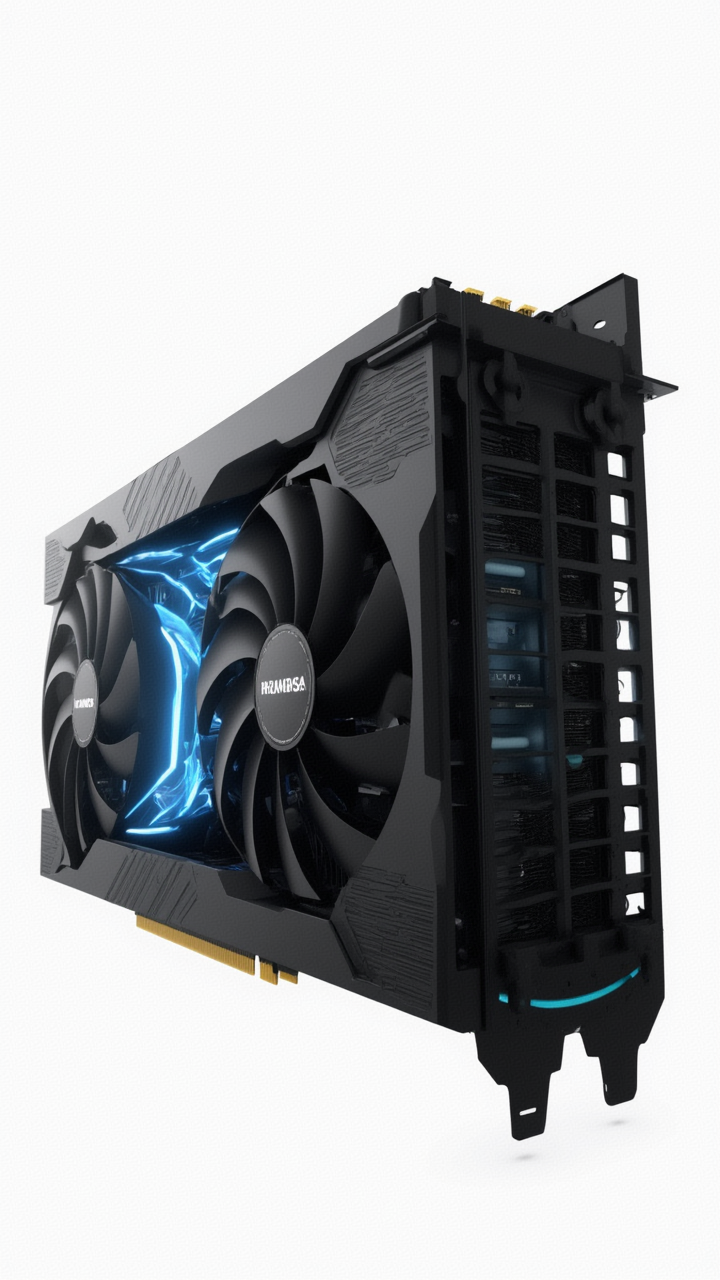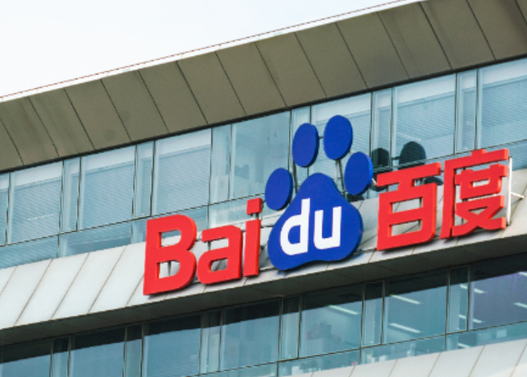发布时间:2012-05-2 阅读量:1637 来源: 我爱方案网 作者:
【导读】在能源挑战日趋严峻的背景之下,太阳能成为了一种新型和快速壮大的技术。以廉价和高效的方式发电是关键的需求,而 PXS20 是32位双核双发射的Power Architecture微控制器,拥有可满足上述两项需求的强大特性,从而使其成为太阳能逆变器设计的必然方案。想了解PXS20如何在逆变器中发挥作用,请看本文报道...
Freescale公司的PXS20是32位双核双发射的Power Architecture微控制器,满足安全标准IEC61511和IEC61508 (SIL3),能降低设计复杂性和减少所用元件。PXS20采用高性能的e200z4d双核,核频率高达120MHz,双发射级流水线核,可变长度编码(VLE),集成了存储器管理单元(MMU)和信号处理引擎,带误差检测代码的4KB指令缓存,主要用在消费类电子,工业控制,太阳能逆变器,机器人和马达控制等。本文介绍了PXS20主要特性,方框图,以及采用PXS20控制的太阳能三相逆变器基本架构,1kW,3kW,10kW和大于10kW以及微逆变器的太阳能三相逆变器解决方案架构图。
The PXS20 series microcontrollers are system-on-chip devices that are built on Power Architecture technology and contain enhancements that improve the architecture’s fit in embedded applications, include additional instruction support for digital signal processing (DSP) and integrate technologies such as an enhanced time processor unit, enhanced queued analog-to-digital converter, Controller Area Network, and an enhanced modular input-output system.
The PXS20 family of 32-bit microcontrollers is the latest achievement in integrated safety controllers. The advanced and cost-efficient host processor core of the PXS20 family complies with the Power Architecture embedded category. It operates at speeds as high as 120 MHz and offers high-performance processing optimized for low power consumption. It capitalizes on the available development infrastructure of current Power Architecture devices and is supported with software drivers, operating systems and configuration code to assist with users’ implementations.
.jpg)
采用PXS20控制的太阳能三相逆变器
Today, the demand for green energy is very strong. One possible option for meeting this demand is to convert solar energy into electrical energy. This process is supported by the photovoltaic (PV) solar panel, which produces various DC output voltages and output power.
In the conversion from DC to AC power, dedicated inverters maintain the right working point for the solar panel to maximize its use of solar energy. Freescale Semiconductor’s processors built on Power Architecture® technology are well suited for the control of such inverters. Freescale offers a broad portfolio of PX microcontrollers built on Power Architecture technology for power management and motor control applications. The target portfolio for these devices includes consumer, industrial, and other markets. One microcontroller from the PX Series of Power Architecture devices can control the whole 3-phase inverter in various configurations and output power.
.jpg)
.jpg)
.jpg)
.jpg)
.jpg)
.jpg)
.jpg)
PXS20主要特性:

寒武纪发布《股票交易风险提示公告》明确指出:当前股价已严重脱离基本面,存在较大投资风险,提醒投资者理性决策,谨慎参与交易。

在现代物流体系中,快递驿站作为“最后一公里”的关键节点,其运营效率直接影响用户体验。面对日益增长的包裹处理压力,传统人工登记模式已难以满足高效、精准的操作要求。而搭载智能扫码技术的PDA手持终端,正成为快递驿站实现数字化管理、提升出入库效率的核心工具。

RTX 5090显卡突发电容爆炸,现场如同小型爆破,火花四溅、浓烟弥漫,甚至将坚固的金属散热鳍片直接炸至弯曲

本文将深入解析MOS管的作用原理、分类、核心特性及其在现实生活中的常见应用场景。

在数字化转型浪潮的推动下,人工智能技术正在深刻重塑产品的核心逻辑与用户体验。作为百度旗下知识内容与云存储领域的两大核心产品,百度文库与百度网盘既迎来新的发展机遇,也面临前所未有的挑战。本文将从AI技术重构的视角出发,深入探讨这两大产品如何突破传统功能边界,构建具有持续增长潜力的新业务叙事。